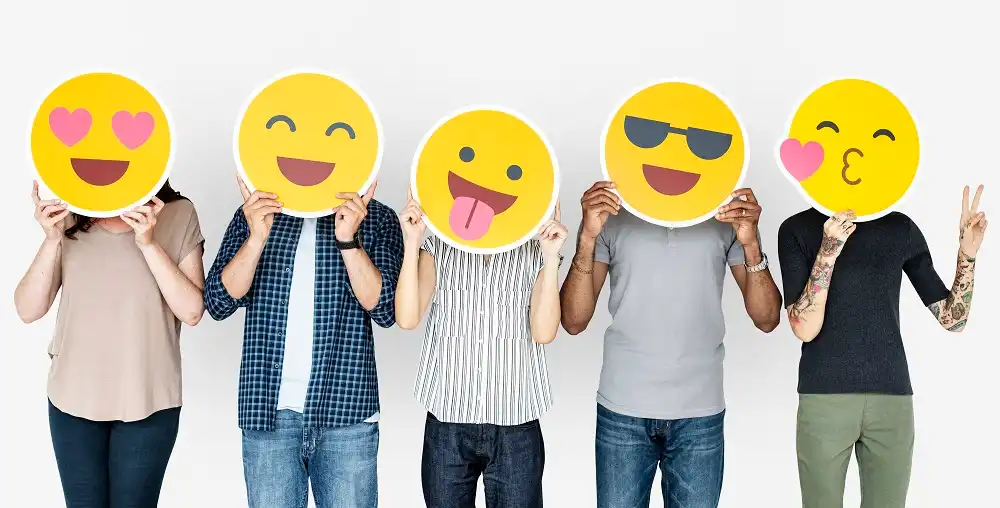LOL FULL FORM: What Does “LOL” Stand For in Today’s Culture?
If you’re an internet user or a millennial, you must have come across the term “LOL” multiple times. But have you ever wondered what does “LOL” stand for? In this article, we will explore the origin, meaning, and usage of “LOL” in today’s culture.
Introduction: What is “LOL”?
“LOL” is an acronym that stands for “laugh out loud.” It is used to indicate that something is funny or amusing. It is a popular internet slang used to express amusement in chat rooms, social media, and text messaging.

Origin of “LOL”
The origin of “LOL” dates back to the early days of the internet, in the 1980s and 1990s. It was first used in online forums, chat rooms, and bulletin boards. The exact origin of the acronym is not known, but it is believed to have been first used on the online service, CompuServe, in the 1980s.
Read Other Full Forms
Definition and Meaning of “LOL”
As mentioned earlier, “LOL” stands for “laugh out loud.” It is used to indicate that something is funny or amusing. The term is often used as a response to a joke or humorous comment, and it is used to show that the person found something funny.
The Use of “LOL” in Today’s Culture
“LOL” has become an integral part of today’s culture. It is used widely in social media, online messaging, and chat rooms. People use “LOL” to express amusement, to acknowledge something funny, or to lighten up a conversation. It is often used to indicate a friendly and informal tone in communication.
Other Acronyms Similar to “LOL”
There are many acronyms similar to “LOL” that are used in online communication. Some of the most popular ones include “ROFL” (rolling on the floor laughing), “LMAO” (laughing my ass off), “LMFAO” (laughing my fucking ass off), and “LOLZ” (laugh out loud with a z). These acronyms are often used interchangeably with “LOL.”
The Impact of “LOL” on Communication
The use of “LOL” has significantly impacted communication, especially online communication. It has made communication faster, more efficient, and more informal. The use of acronyms like “LOL” has become a norm in online communication, and it has changed the way people communicate with each other.
The Future of “LOL”
The future of “LOL” is uncertain. As communication evolves, new acronyms and slang terms are likely to emerge, and “LOL” may become less popular. However, it is unlikely that “LOL” will disappear completely, as it has become a part of popular culture and everyday communication.
Conclusion
In conclusion, “LOL” full form is “laugh out loud.” It is an acronym that originated in the early days of the internet and has become an integral part of today’s culture. People use “LOL” to express amusement, acknowledge something funny, or to lighten up a conversation. It has significantly impacted communication, making it faster, more efficient, and more informal. The future of “LOL” is uncertain, but it is unlikely to disappear entirely from popular culture and everyday communication.
Frequently Asked Questions
Q.1 Is “LOL” only used in English?
“LOL” is mainly used in the English language, but it has become a popular acronym globally, and people use it in different languages.
Q.2 Can “LOL” be used in formal communication?
No, “LOL” is informal and should not be used in formal communication.
Q.3 Is “LOL” only used in online communication?
No, “LOL” has become a part of everyday language and is often used in spoken communication as well.
Q.4 Are there any negative connotations associated with “LOL”?
No, “LOL” is a harmless acronym and is often used to express positivity and amusement.
Q.5 What are some other popular acronyms similar to “LOL”?
Some other popular acronyms similar to “LOL” include “ROFL,” “LMAO,” “LMFAO,” and “LOLZ.”

